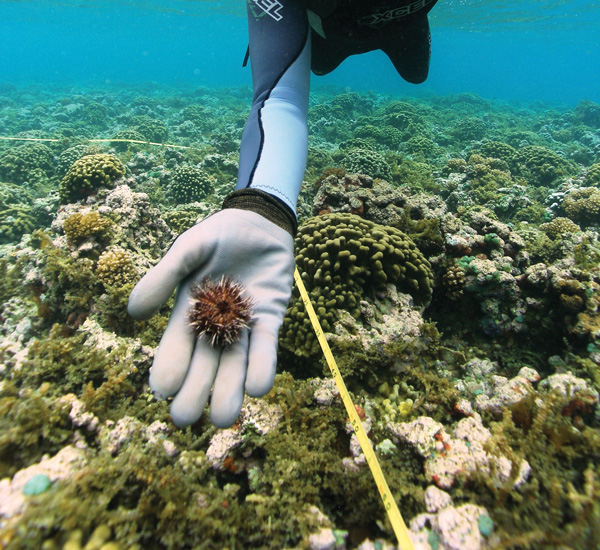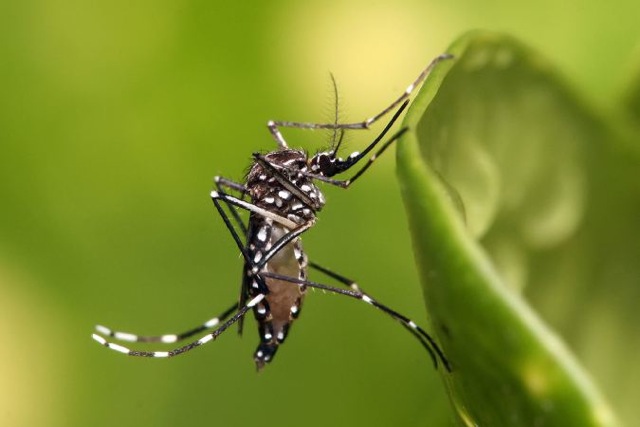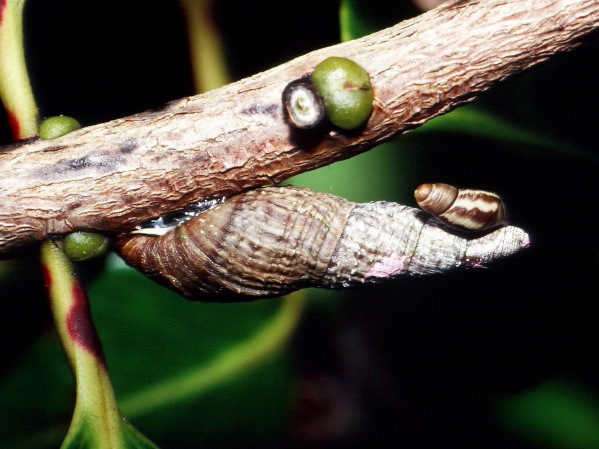A new fuzzy black caterpillar is starting to show up across Maui—a promising omen for cattlemen and conservationists alike. The…
Read More
Solutions
Flower grower who detected little fire ant in December 2013 receives award
Farmer and flower grower Masako Cordray was the 2014 recipient of the Malama i ka Aina Award, presented Saturday…
Read More
Roomba on the Reef–Native collector urchins on the prowl for invasive algae
Let’s say you are trying to remove tiny piece of invasive plant material from an area 8 miles long and…
Read More
The public health threat of invasive species-mosquitoes and dengue
Back in 2001, several East Maui residents started reporting fever, body aches, and rashes. One of the people sickened had…
Read More
Hawaiian land snails– a tale of evolution worthy of protection
The tale of Hawaiian land snails began millions of years ago as the first plants and animals began to colonize…
Read More
Educator Workshop on Maui
Hō‘ike o Haleakalā Curriculum-35 million years of Hawaiian natural history over 3 days Workshop Dates: -Friday, August 16, 9-4 (Classroom)…
Read More






